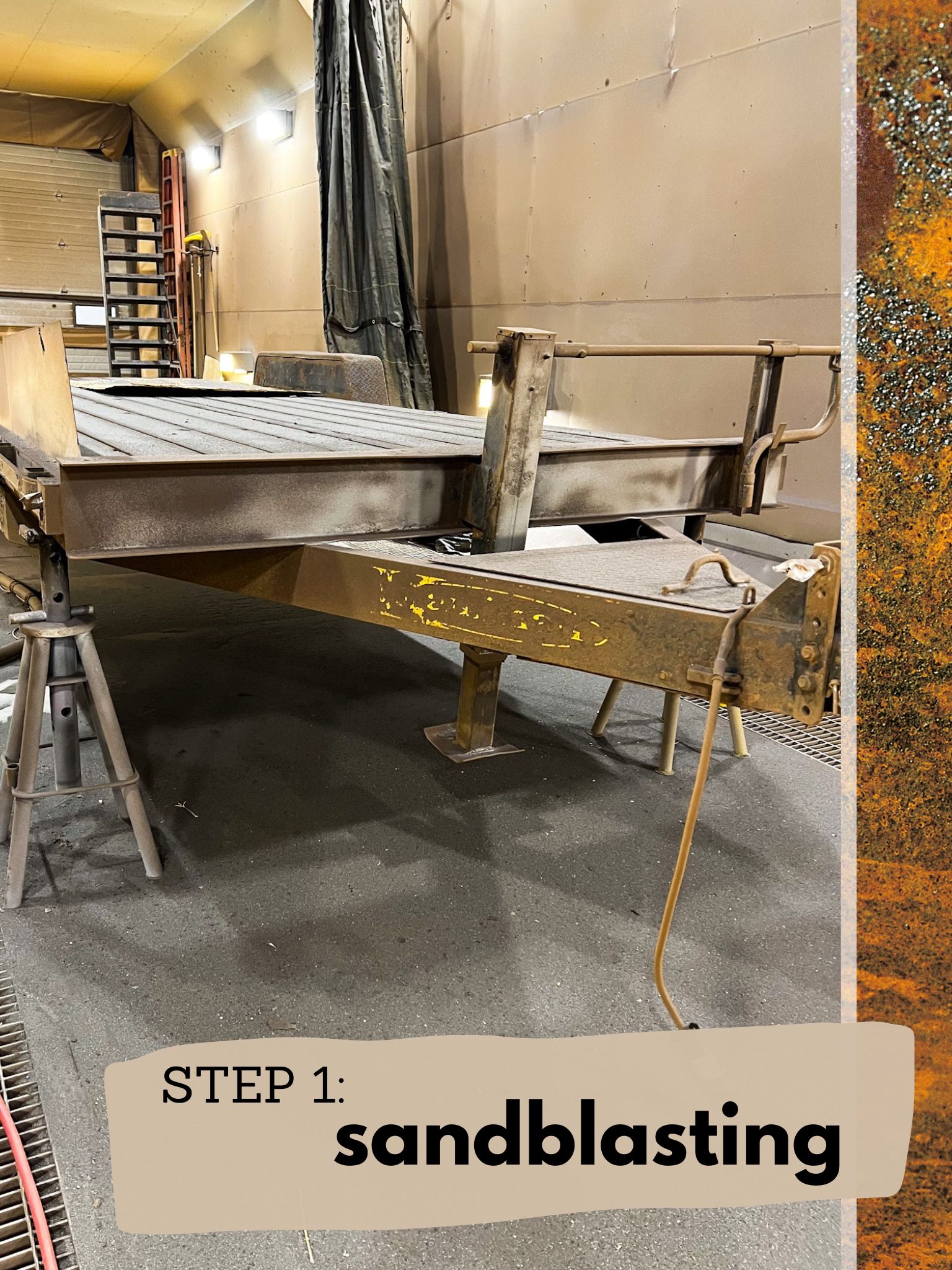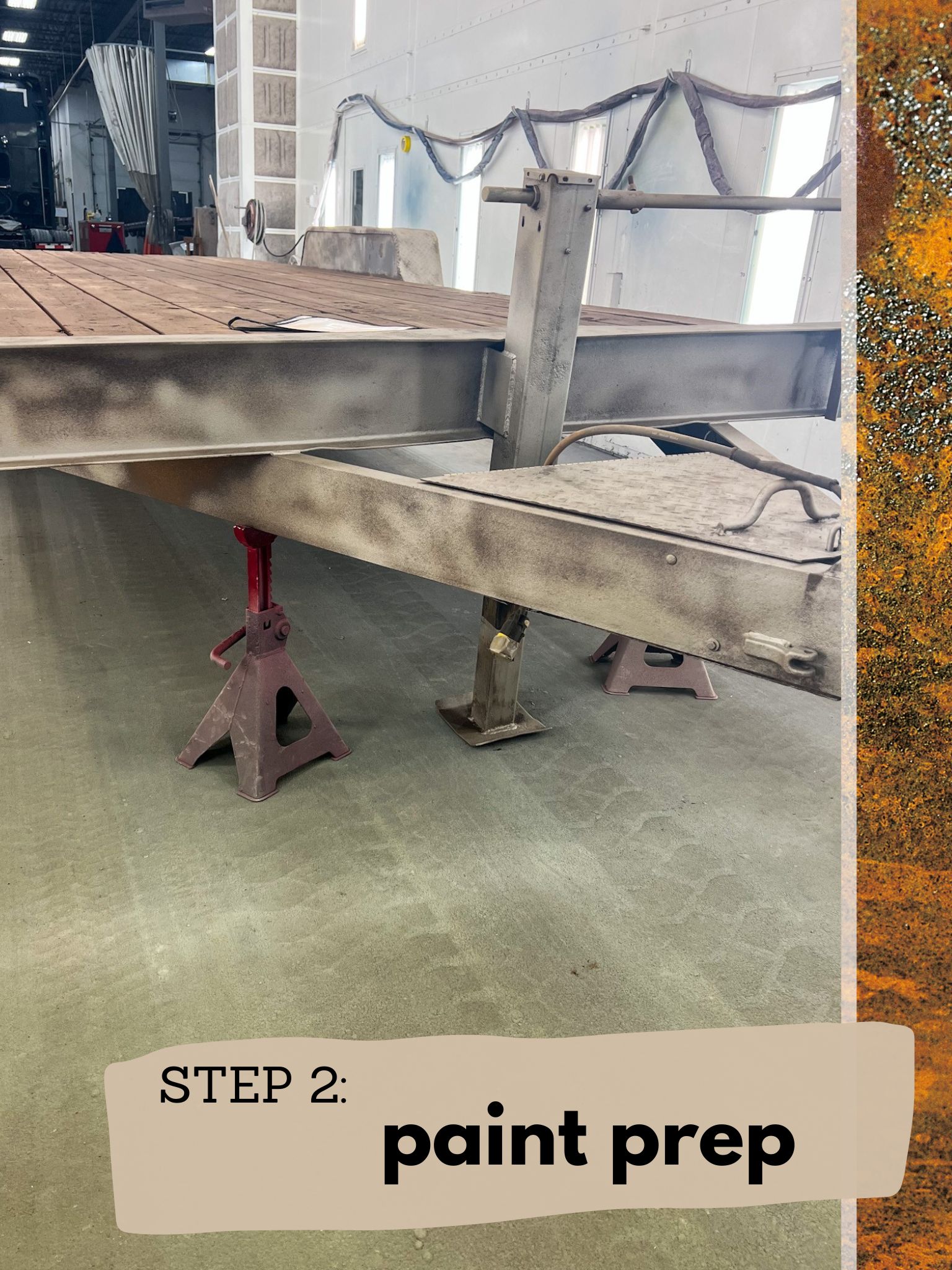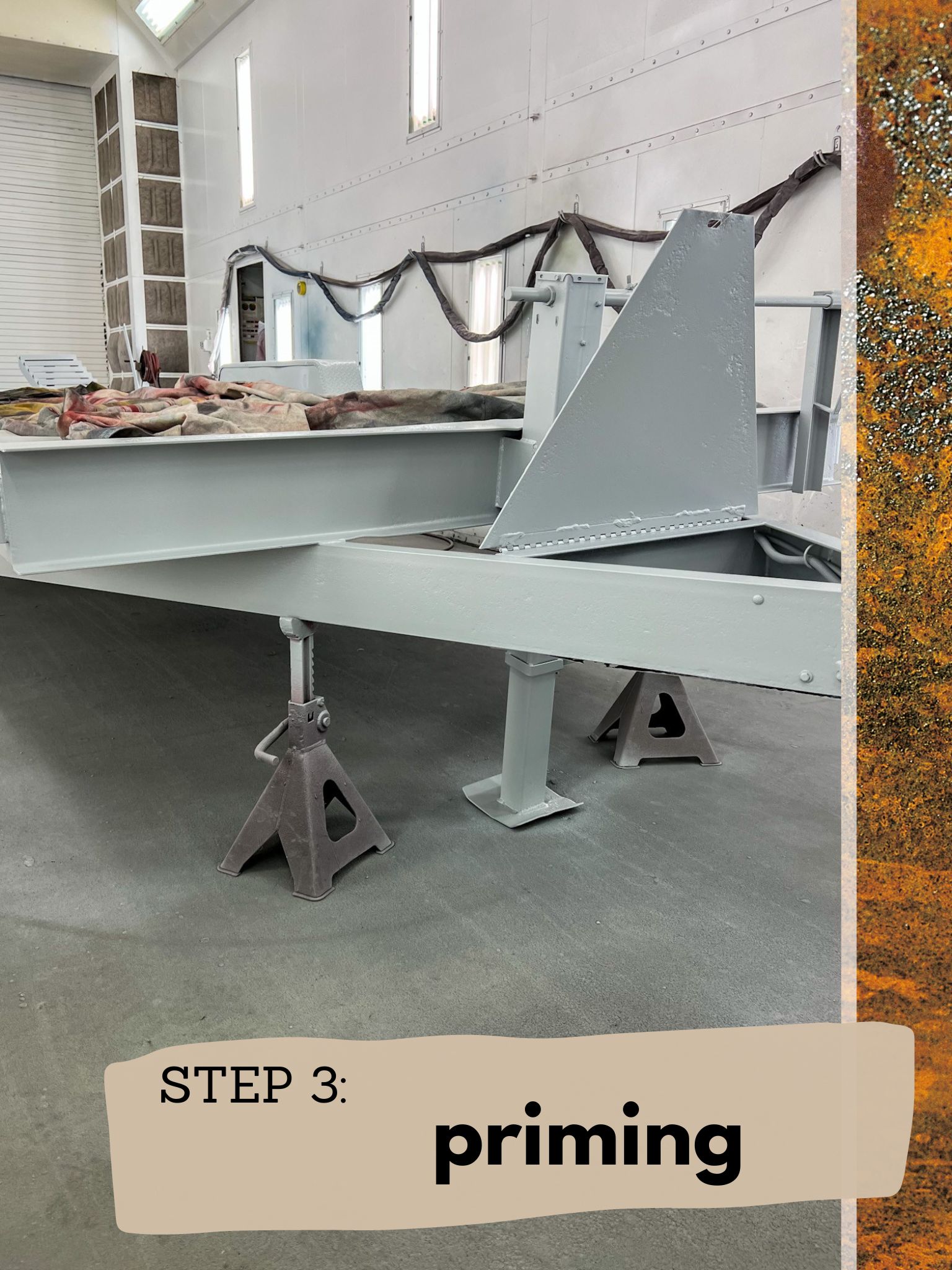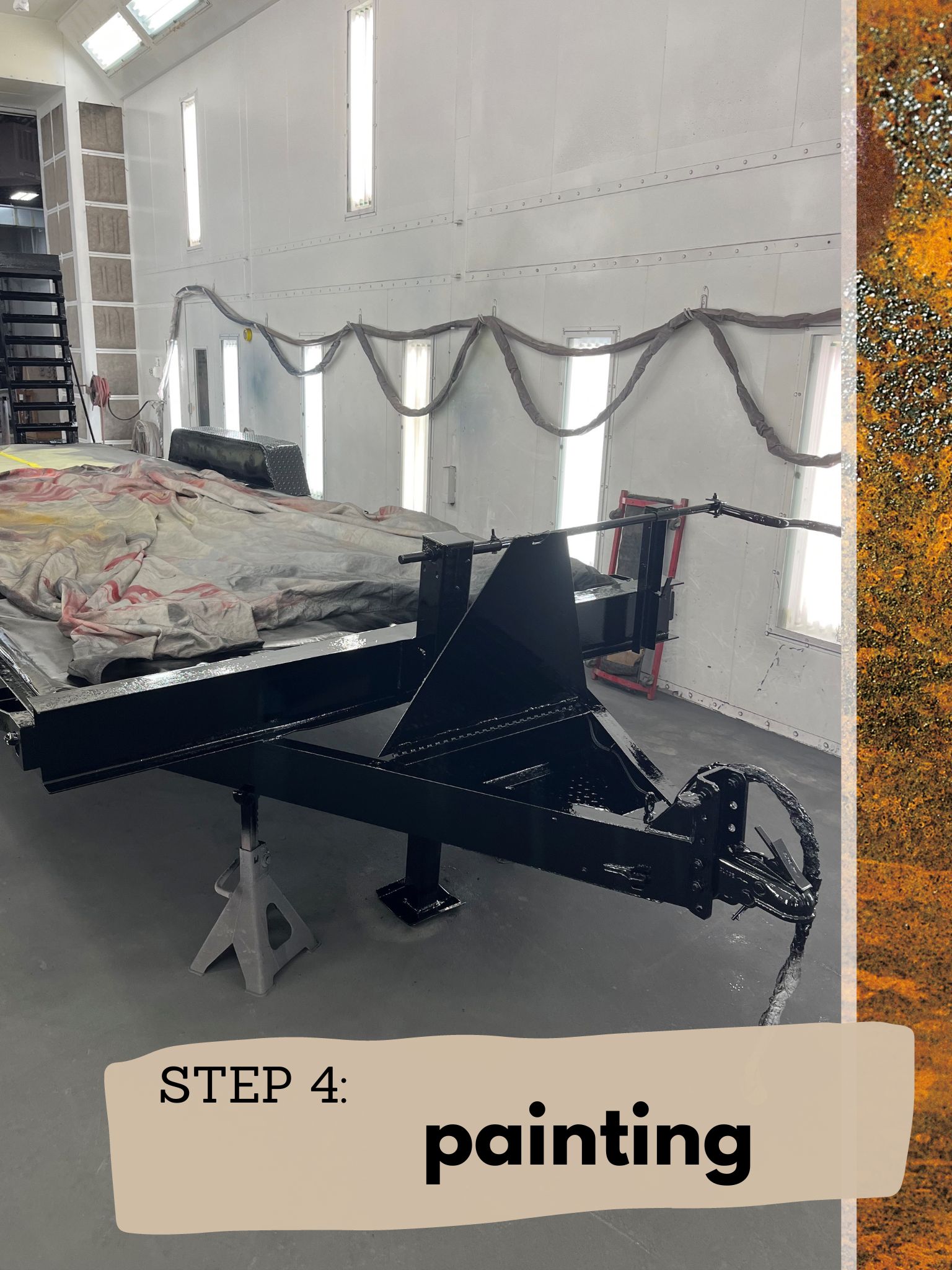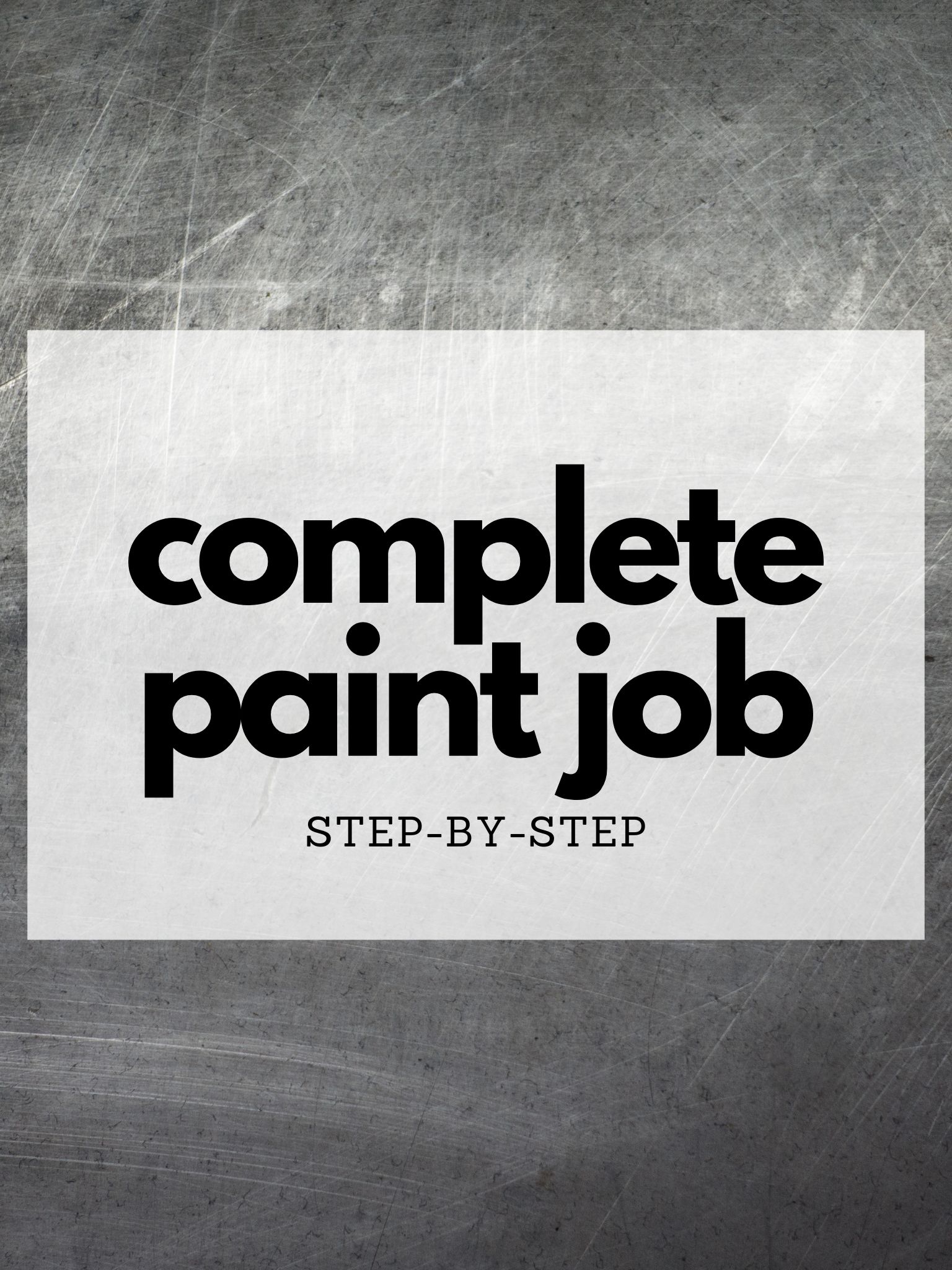Paint and Restoration
Whether you have rust damage, are rebranding used vehicles, or want to spruce up the look of your current vehicle or equipment, Hoglund Body & Equipment can help!
Our facility is equipped with an over 60-foot sandblast booth and two 60-foot paint booths to accommodate any commercial-sized vehicle. This, combined with our Axalta computerized paint-matching technology and our highly trained paint technicians, ensures you get the best quality restoration or paint job.
Rust Removal
Knicks and scratches in your vehicle's paint can leave those spots vulnerable to rust. Leaving rust spots unfixed can cause your vehicle's structural integrity to degrade and weaken, anywhere from your floor panels to your fenders.
The first step in the rust removal process is sandblasting. Sandblasting is used to remove paint, rust, or any other residues from the surface in order for the new paint to adhere correctly.
Paint prep is the second step in the rust removal process. This step consists of any disessembly and the covering and taping off of the pieces that are not meant to be painted.
After paint prep, the unit is primed for painting. Priming is done to ensure a high-quality paint adhesion and finish.
The next step in the rust removal process is painting. This process is completed in one of our oversized paint booths by our expertly trained technicians.
The final step is reassembly. This is when our technicians put the completed pieces back together so you can pick-up your unit!
Complete Paint Job
Whether you bought used equipment that needs rebranding, you want to freshen up your fleet, or your motorhome needs some new paint, Hoglund Body & Equipment can help you accomplish that!
A complete paint job process begins by disassembly of the equipment or vehicle. This is done for mutliple reasons, mainly to ensure each piece gets correctly painted and sealed or so pieces that aren't getting painted stay that way.
After disassembly, the paint prep process begins. This includes sanding, taping, and covering for overspray. Sanding is done to remove any imperfections and old paint so that the new paint coats have a surface to grip onto. Taping and covering for overspray are done to cover the parts that are not getting painted.
Next, depending on the type of paint being used, a primer may be sprayed on. After this, the process of painting begins. This is typically done in sections - the cab, parts, hood, doors, and box. Then, it is left to cure in our paint booth.
After all of the paint has cured, it's time for reassembly.
Depending on what the vehicle or equipment looks like, the final step in this process may be decals.
Contact Us
Main: 763.295.5000
Hours
Mon - Thurs: 7 AM - 5 PM
Friday: 7 AM - 4 PM
Saturday & Sunday: Closed


